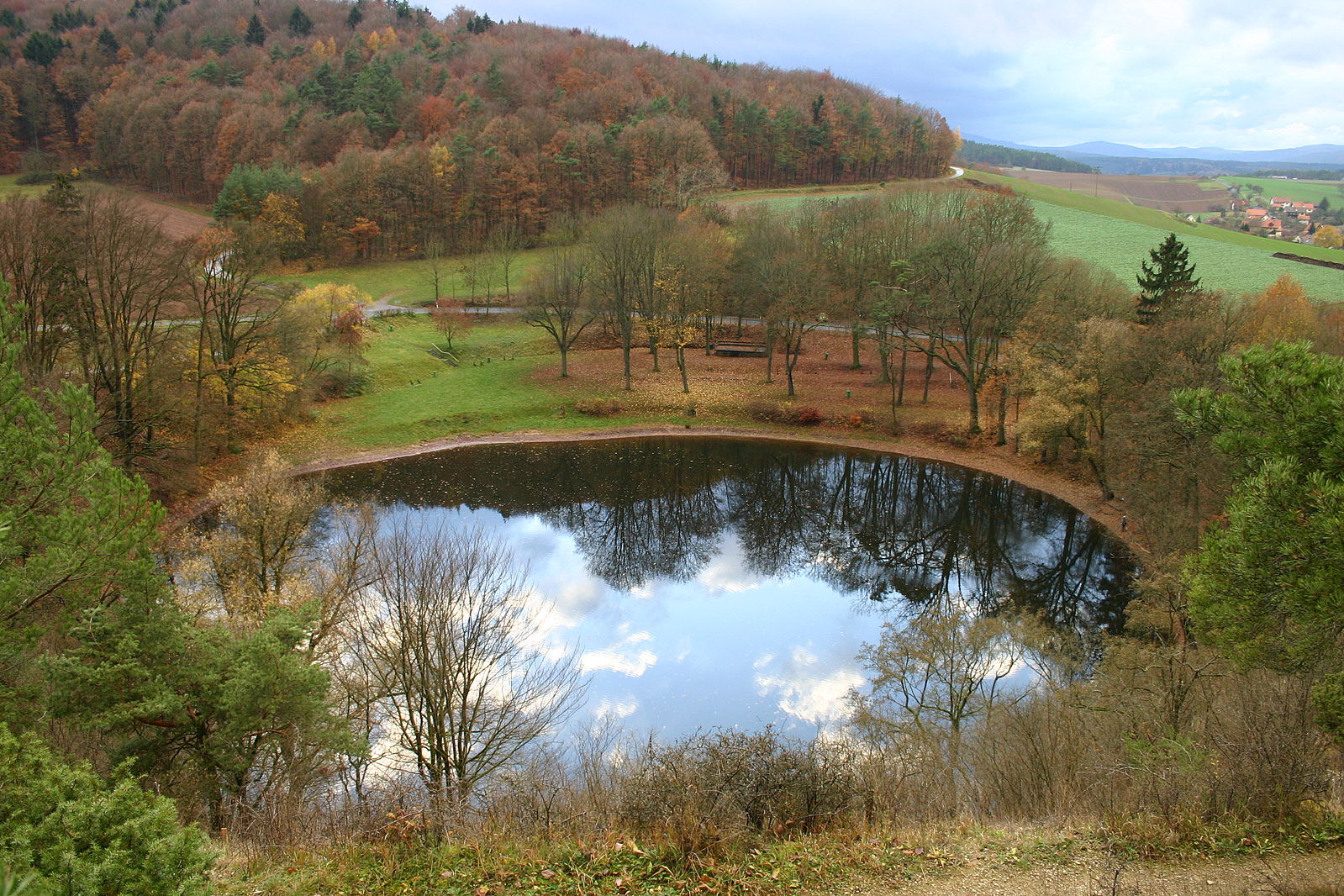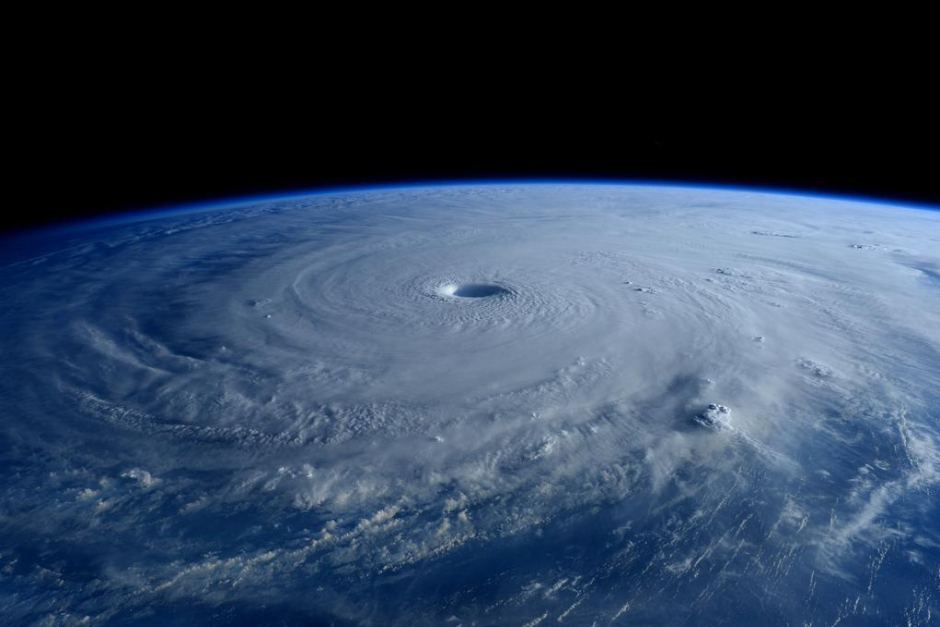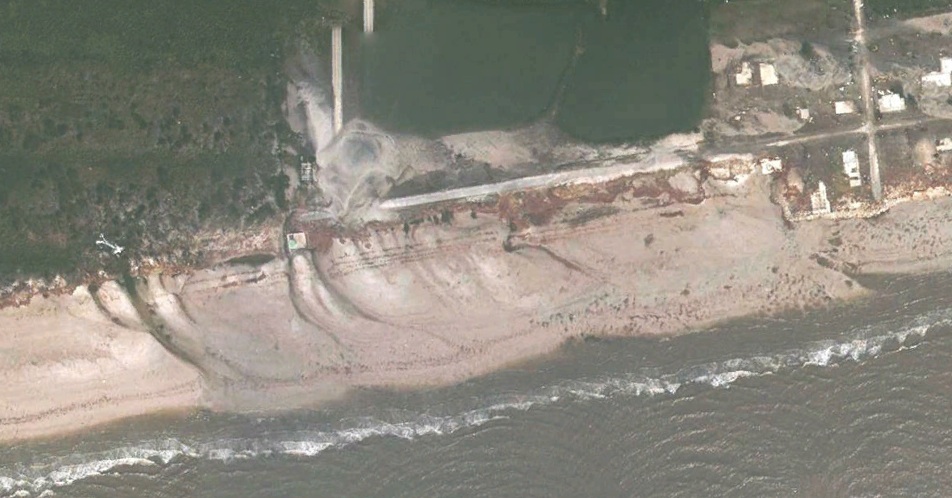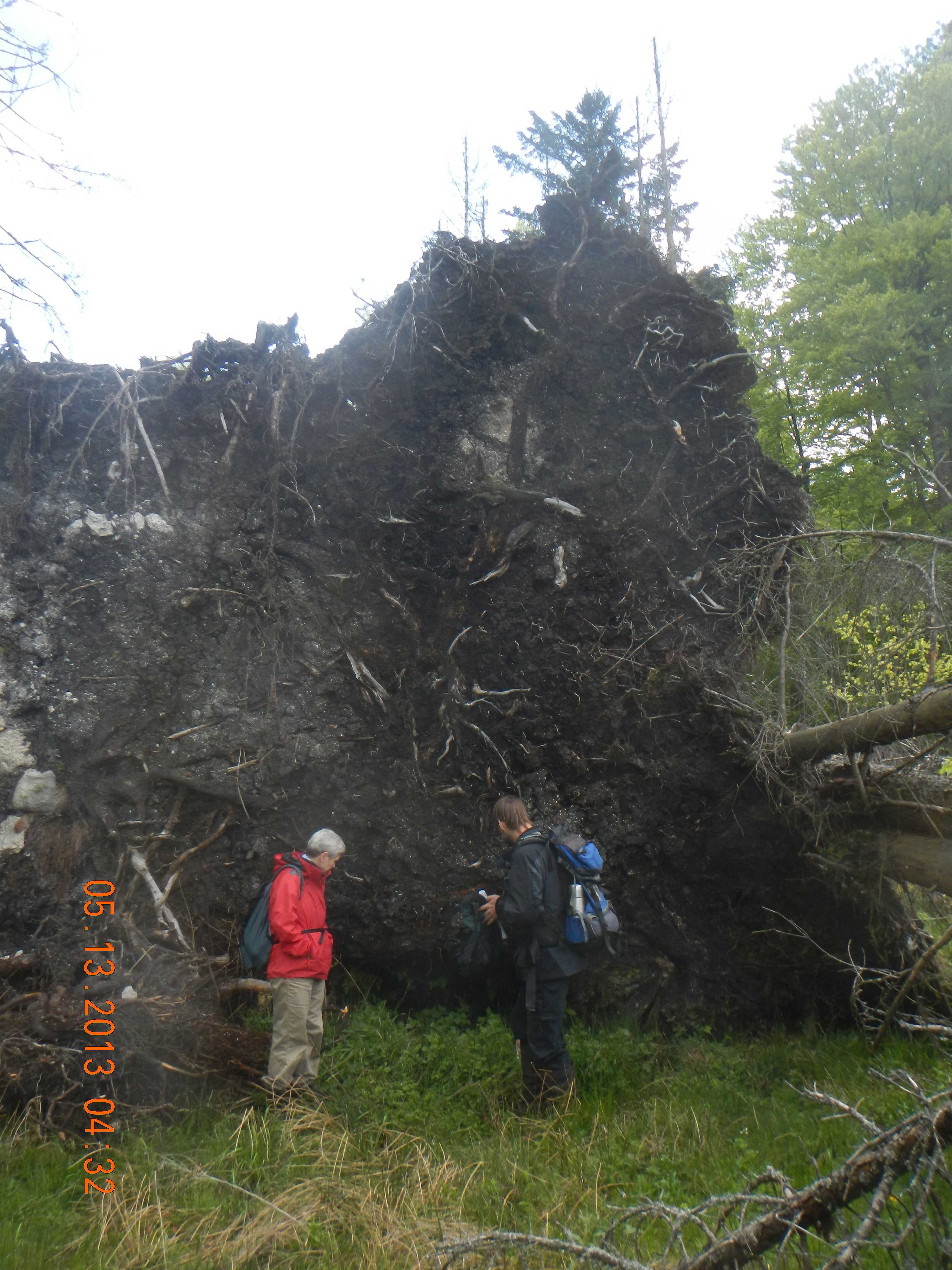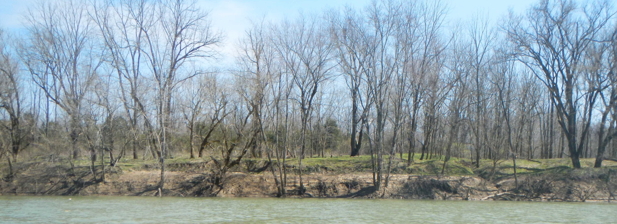The Dubious Power of Power Laws
Everyone knows the classic normal distribution—the “bell curve,” where most observations cluster around the mean, and the frequency falls off toward either end, with well known statistical properties. Lots of things in nature are more-or-less normally distributed, but lots of things are not. In some cases distributions are “heavy-tailed,” such that for example there are many of the small ones, and increasingly fewer as size increases. Famous examples are the distribution of earthquake magnitudes, rank-size distributions of cities, and the distribution of wealth in societies.

Models of avalanche size distributions in (mathematically-simulated) sand piles were seminal in developing ideas about self-organized criticality and power laws, both in geomorphology and in general. Unfortunately even real sandpiles, much less more complex systems, are not necessarily well described by the models.
Heavy-tailed distributions are often well described by power laws (and also lognormal distributions). Power law distributions can be associated with self-similarity and fractal geometry, and with self-organized criticality. Largely because of this, many geoscientists began attaching special significance to power-law phenomena, in some cases suggesting that their prevalence reflects an underlying law of nature. Leaving aside the question of why similar claims have not (or have at least only rarely and obscurely) been made for normal, exponential, and other common distributions in nature, a key problem is that power law distributions are a classic example of equifinality. Equifinality is when the same or similar outcomes can be produced by different processes or histories. Equifinality makes it problematic to infer causes from outcomes, because there is not a one-to-one relationship between formative mechanisms and the resulting forms, patterns—or statistical distributions.
On the purely mathematical and statistical side, heavy-tailed, right-skewed distributions are difficult to tell apart. One study reanalyzed a number of examples of purported power law distributions and found that the evidence that a power function is the best fit is inconclusive in many cases (Clauset et al., 2009). Mitzenmacher (2004) showed that lognormal distributions, in particular, are difficult to distinguish from power laws in empirical data. Other studies also show that apparent power laws disappear when subjected to more stringent testing (e.g., Lima-Mendez and van Helden, 2009).
More importantly, though, is that even when power law distributions are real, they don’t necessarily tell us anything other than that the distribution follows a power law.
Carroll (1982) identified five different classes of models (each with multiple specific models) as of >3 decades ago that can potentially explain city rank-size distribution power laws. He also found that many of these are plausible, but directly contradict each other. I found much the same thing with respect to self-organization principles applied in physical geography (Phillips, 1999). I identified 11 separate concepts of self-organization commonly applied in Earth and environmental sciences. Three of those are explicitly related to power-law distributions, and at least four others have also been linked to power laws. Mitzenmacher (2004), from a computer science perspective, identified five classes of models that generate power law or closely related lognormal distributions.
O’Sullivan and Manson (2015: 72) commented that “outside physics, it often appears that researchers look for power laws (and find them) because they have significance for theoretical physics, not from the perspective of the discipline in question.” They go on to show how this approach led to “misadventures” in studies of the ecology of animal movement. In a previous post, I showed how the prevalence of power-law distributions in geomorphology could be used to support one of my own theories, by reverse-engineering power law statistics from the stipulations of my model. It is surprisingly easy, and tempting, to do so.
So, what kind of phenomena can produce or explain power laws?
One is scale invariance and self-similarity. If similar form-process relationships occur across a range of spatial scales, resulting in self-similarity and fractal geometry, this will produce power-law distributions. Fractal, scale-invariance, and self-similarity concepts are widely applied in geomorphology, geography, geology, and geophysics.
Deterministic chaos is also associated with fractal geometry and power-law distributions. So is self-organized criticality, where systems (both real and “toy” hill slopes are a commonly used example) evolve toward critical thresholds. Given the threshold dominance of many geoscience phenomena, the attractiveness of this perspective in our field is obvious. Chaos, fractals, and SOC is where I first started thinking about this issue, as power law distributions were often used as proof, or supporting evidence, for one or more of those phenomena, when in fact power law distributions are a necessary, but by no means sufficient, indicator.
Power laws also arise from preferential attachment phenomena. In economics this is manifested as the rich get richer; in internet studies as the tendency of highly linked sites to get ever more links and hits. Preferential attachment models have been applied in urban, economic, and transportation geography; evolutionary biology; geomicrobiology; soil science; hydrology; and geomorphology.
Various optimization schemes, based on minimizing costs, entropy, etc. can also produce power laws. These have been linked to power laws quite extensively in studies of channel networks and drainage basins, as well as other geophysical phenomena.
Multiplicative cascade models—fractal or multifractal patterns arising from iterative random processes—produce power laws. These have been applied in meteorology, fluid dynamics, soil physics, and geochemistry. Speaking of randomness, Mitzenmacher (2004) even shows how monkeys typing randomly could produce power law distributions of word frequencies.
Diffusion limited aggregation is a process whereby particles (or analogous objects) undergoing random motion cluster together to form aggregates. The size distribution of the aggregates follows—well, you know. DLA has been used to model evolution of drainage networks, escarpments, and eroded plateaus, and applied in several other areas of geosciences and geography.
It is also worth noting that each category above has numerous—and various—specific examples, often within geosciences alone.
The upshot of it all seems to be that a power law distribution, by itself, doesn’t necessarily reveal much about nature. Rather than the ubiquity of power law patterns representing some universal underlying law of nature, it seems to represent an emergent pattern that can arise from a number of different causes—equifinality.
In physics, from which much power law work derives (from physics itself, from physicists venturing into other disciplines, and from importing physics concepts into other fields), Markovic and Gros (2014) point out that despite the collapse of earlier claims that power laws and SOCs are general principles of nature, further exploration of physical and biological scaling phenomena can yield novel concepts and insights. I am willing to concede this is likely the case in geosciences, too, but we must beware of attaching any special significance to power laws a priori, and of the temptation to reverse-engineer them to generate apparent empirical support for our pet theories.
Hergarten’s (2002) book, by the way, while full of SOC, power law, and fractal applications to Earth systems, has a very realistic attitude toward and realization of the limitations of the approach and of the equifinality issues.
------------------------------------------------
Carroll GR. 1982. National city-size distribution—what do we know after 67 years of research? Progress in Human Geography 6: 1-43.
Clauset A, Shalizi CR, Newman MEJ. 2009. Power-law distributions in empirical data. SIAM Review 51: 661-671.
Hergarten S. 2002. Self-Organized Criticality in Earth Systems. Springer.
Lima-Mendez G, van Helden, J. 2009. The powerful law of the power law and other myths in network biology. Molecular Biosystems 5: 1482-1493.
Markovic D, Gros C. 2014. Power laws and self-organized criticality in theory and nature. Physics Reports--Review Section of Physics Letters 536: 41-74.
O’Sullivan D, Manson SM. 2015. Do physicists have geography envy? And what can geographers learn from it? Annals of the Association of American Geographers 105: 704-722.
Phillips JD. 1999. Divergence, convergence, and self-organization in landscapes. Annals of the Association of American Geographers 89: 466-488.




